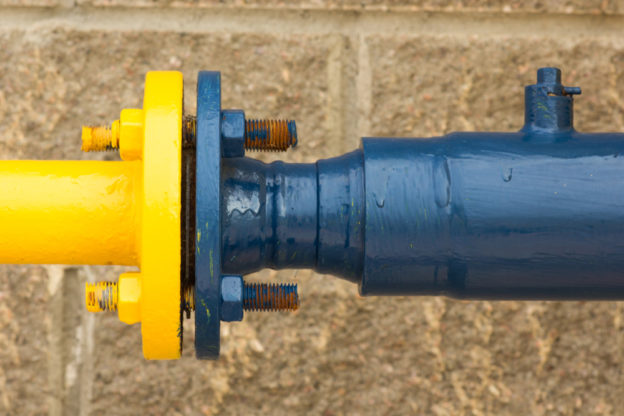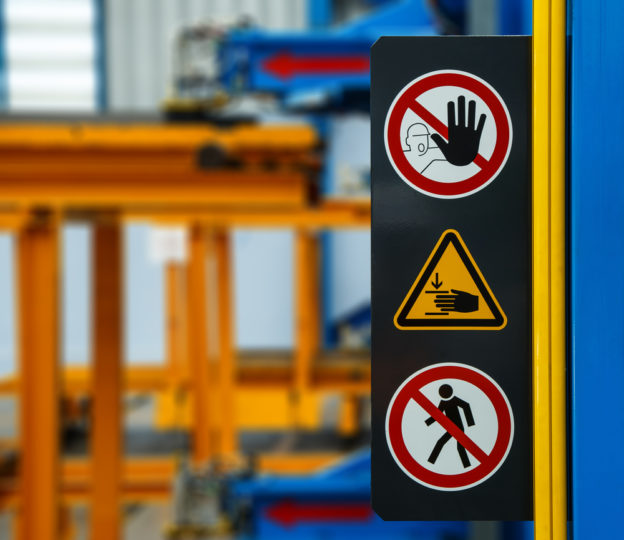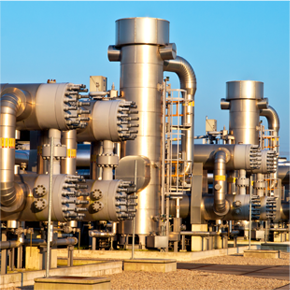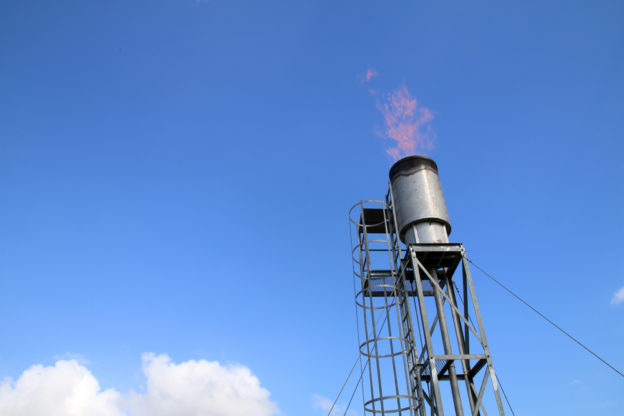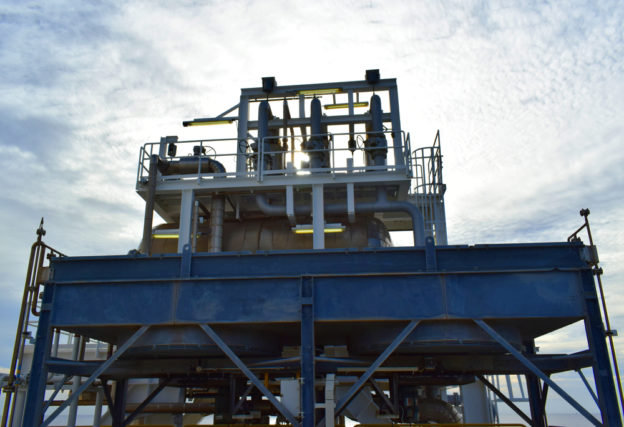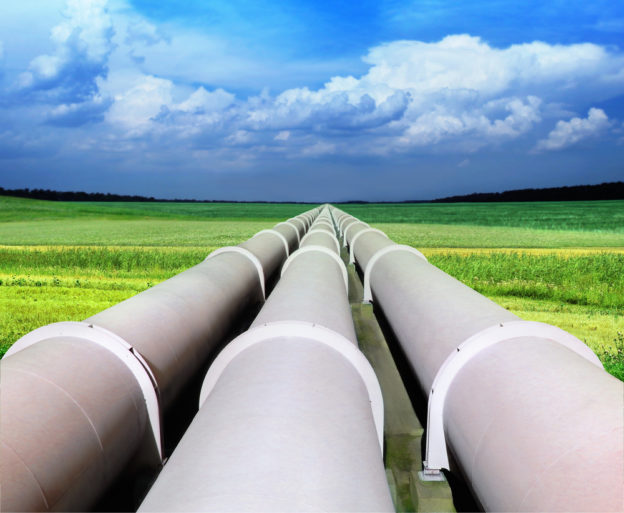The natural gas and oil production industry is one that is constantly on the rise and thriving. One of the main drivers is the development of reliable equipment like NGL tanks and natural gas compressors.
The average person may not know much about some of the products created other than the fact that they are used on a daily basis. Pro-Gas, LLC thinks it is important that any natural gas user knows what they can and cannot do with the product That is why we have answered some pressing questions that the average person has about compressed natural gas (CNG).
1. What is Compressed Natural Gas?
In layman’s terms compressed natural gas is created when natural gas is stored in a production facility under high pressure. This process is done through the use of equipment like gas compressors that create the product safely.
CNG is a fossil fuel that consists of methane, hydrogen, and carbon. This product is located deep below the Earth’s surface, and although there is not an infinite amount of the resource to last forever, scientists have learned that there is enough of it capable to outlast the world’s remaining amount of petroleum.
2. How Does CNG Comply With Emissions Reductions Efforts?
Emissions reduction programs have been in effect throughout the industry for the last several years. This means that is important for distributors of CNG to comply with the policies that are currently in place. Before natural gas is converted and compressed for use, your provider is usually required to meet EPA standards in your area. If you have any questions about the process in which the product is made and how environmentally-friendly it is, we recommend reaching out to your provider and asking about their policies.
3. Is Compressed Natural Gas Safe?
One of the most asked questions about compressed natural gas is the quality and safety of the product. Natural gas usually gets a reputation as a dangerous material because it is:
- Odorless
- Colorless
- Highly Flammable
However, compressed natural gas is able to be seen and has quickly become a favored option as a safe fuel choice. In fact, it has been proven to be safer than gasoline. It is not only lighter than air, but it will not spill, puddle, or contaminate the air close to the ground.
4. Is CNG Good for the Economy?
The short answer to this question is a resounding, ‘Yes!’ Even the government has shown that compressed natural gas is simply more affordable for consumer use. Also, if you are a company that focuses on converting natural gas to compressed natural gas, there is even the opportunity to earn some tax credits for your efforts.
Pro-Gas, LLC Promotes Positive Production Efforts for Compressed Natural Gas
Pro-Gas, LLC is a Dallas business that provides equipment to the oil and natural gas production industries. Our products are of the highest quality and will ensure the success of any of your production facility’s ventures. Contact us today to find out more about our products, services, and how we can make your facility and industry leader.


